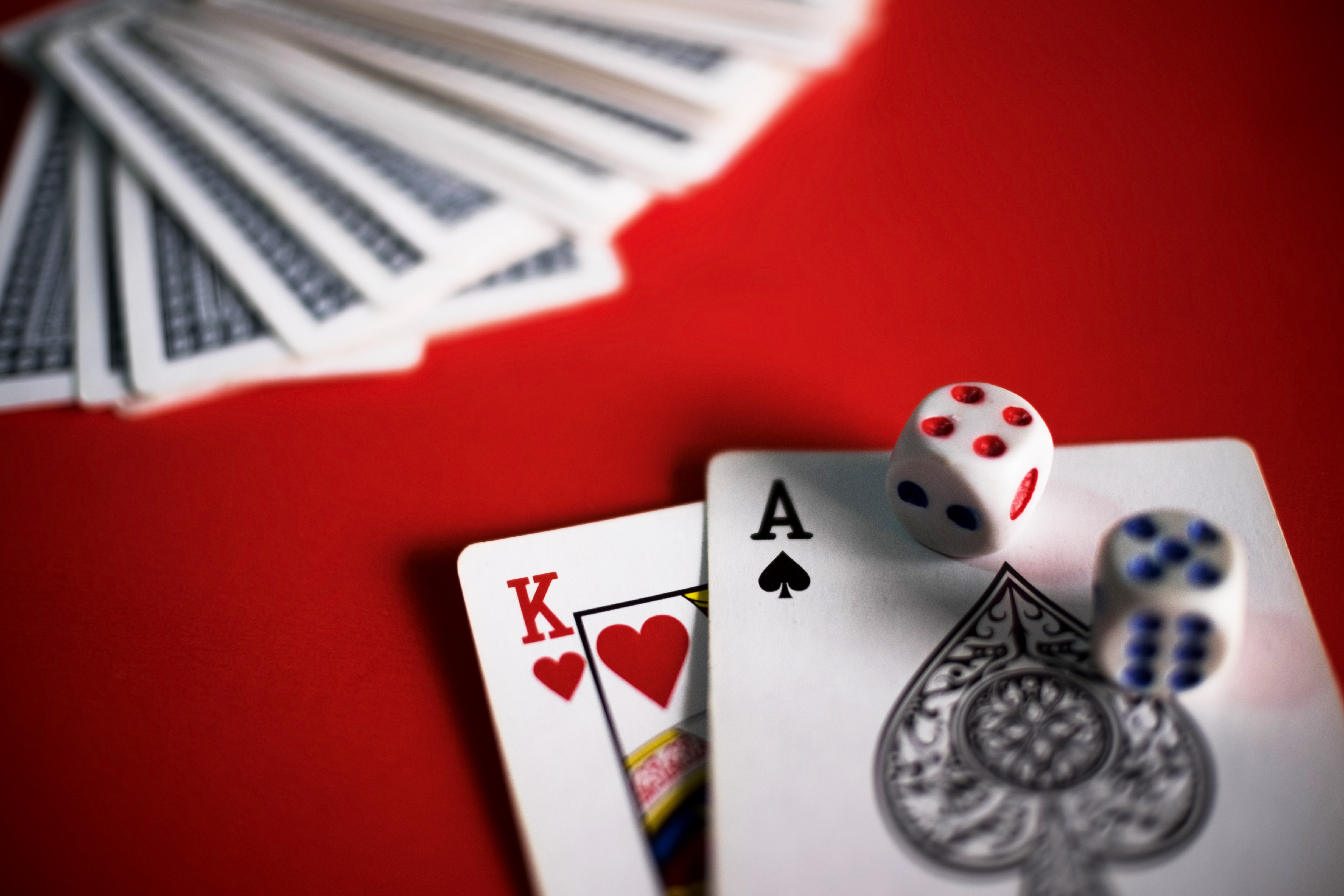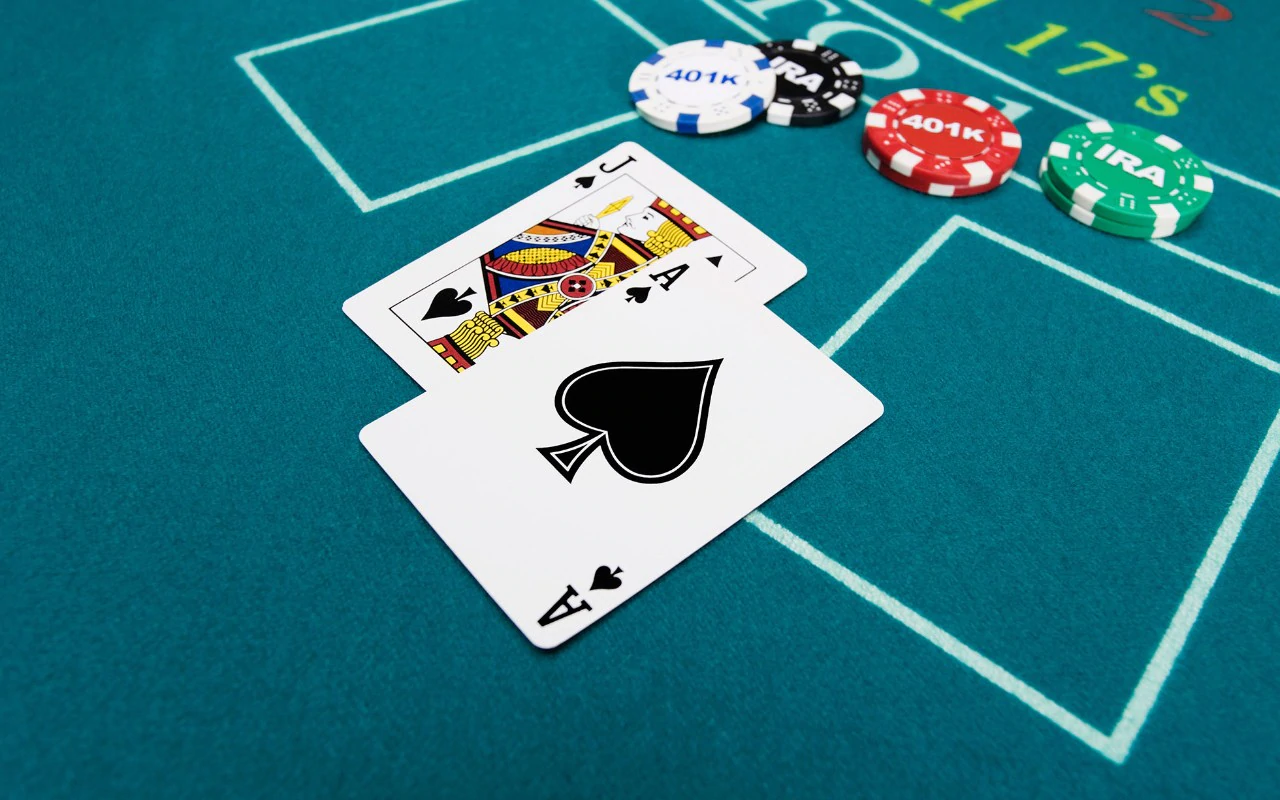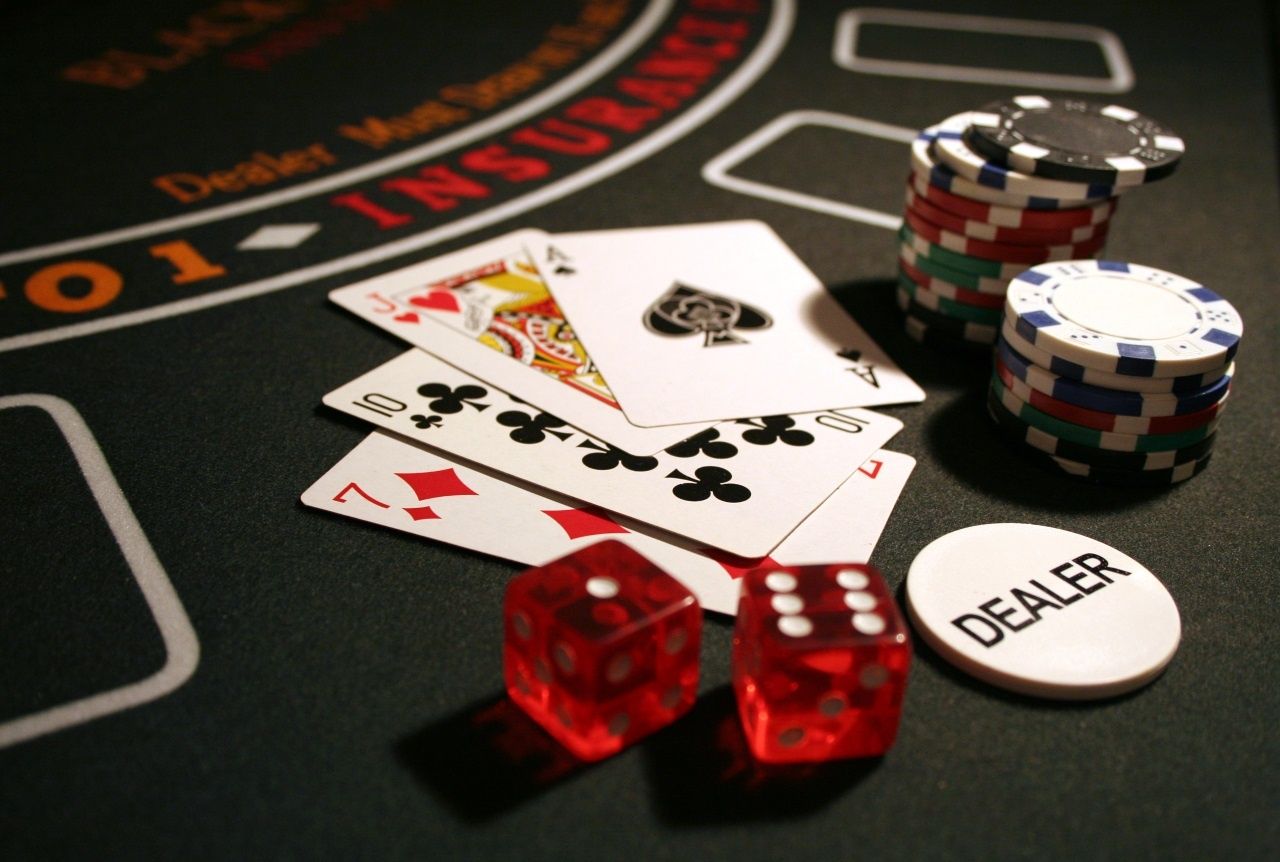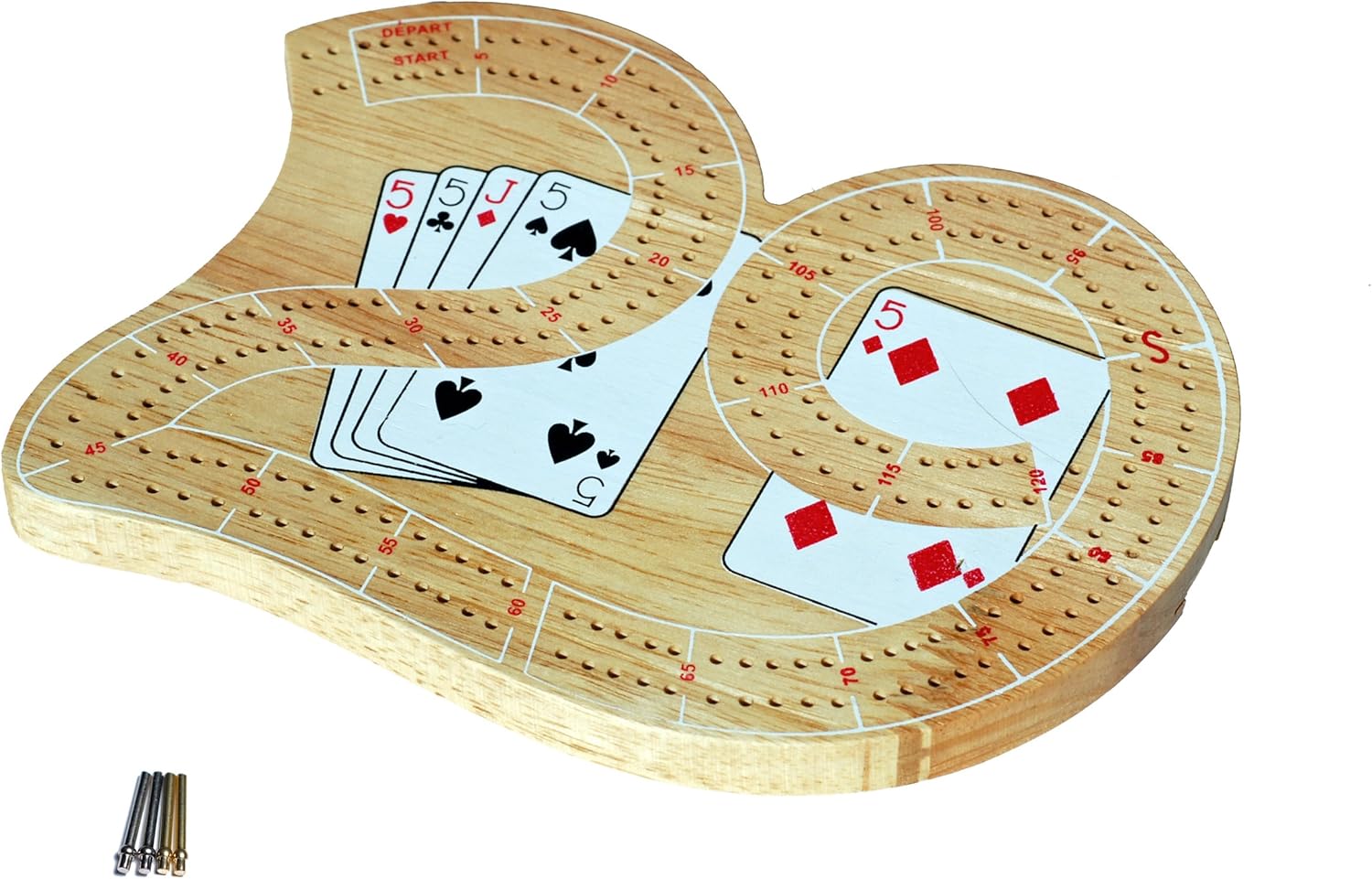Introduction
What Is A Hard Hand In Blackjack: In the captivating world of blackjack, mastering the art of card play requires understanding the various hand types that can arise during gameplay. Among these, a “hard hand” is one of the fundamental concepts that every aspiring blackjack player must grasp. A hard hand in blackjack refers to a hand that does not contain an Ace or contains an Ace that can only be counted as 1 without exceeding a total value of 21. This essential distinction sets hard hands apart from their softer counterparts and dictates specific strategic decisions when facing the dealer.
The numerical value of a hard hand is fixed and unchangeable, limiting the player’s options and presenting challenges in navigating the complexities of the game. Players must carefully assess their hard hand’s value and consider the dealer’s upcard before determining the most prudent course of action.
This article delves into the intricacies of hard hands in blackjack, exploring how they differ from soft hands and the strategic implications they hold. By understanding the dynamics of hard hands, players can fine-tune their blackjack strategy and elevate their gameplay, inching closer to the coveted 21 without venturing into the dreaded realm of busting. So, let’s delve into the realm of hard hands in blackjack and uncover the strategic maneuvers that lie at the heart of this timeless card game.

What is the difference between soft and hard hands in blackjack?
Let’s say that you receive a soft hand, meaning that you got an Ace as your first card and 8 as your second card. With Ace in hand, your hand can be treated as either 9 or 19. Alternatively, if you are dealt a hand where there is no Ace, then the hand is considered hard.
In blackjack, the difference between soft and hard hands lies in the presence or absence of an Ace in the initial two cards. The Ace has a unique property in blackjack, as it can be counted as either 1 or 11, depending on which value is more favorable for the hand.
1. Hard Hand: A hard hand is any hand that does not contain an Ace or contains an Ace that can only be counted as 1 without busting the hand. For example, a hand consisting of 10 and 5 (10+5=15) is a hard hand because the Ace can only be counted as 1 to avoid going over 21.
2. Soft Hand: A soft hand is any hand that includes an Ace that can be counted as 11 without exceeding 21. For instance, a hand with an Ace and a 7 (Ace+7=18) is a soft hand because the Ace can be counted as 11, and the hand value remains below 21. If a soft hand contains additional cards that cause the total value to exceed 21, the Ace’s value is reduced to 1 to prevent busting.
The significance of distinguishing between soft and hard hands lies in the strategic decisions players make during gameplay. Basic blackjack strategy charts offer different guidelines for playing soft and hard hands, as the flexibility of the Ace in soft hands allows for more advantageous opportunities to improve the hand without risking a bust. Understanding the distinction between soft and hard hands is essential for making optimal decisions and maximizing the chances of success at the blackjack table.
How do you play hard hands in blackjack?
Playing Hard Hands
- Always draw to hard 11 or under unless the situation calls for doubling.
- Hit hard totals 12 through 16 if the dealer’s exposed card is 7 or higher. …
- Stand on all hard totals of 17 regardless of what card the dealer starts with.
- Double down with hard 10, 11, and 9 when the dealer starts with 4 through 6.
Playing hard hands in blackjack requires careful consideration of the player’s hand value and the dealer’s upcard. A hard hand is any hand that does not contain an Ace or contains an Ace that can only be counted as 1 without busting the hand. Here are some general guidelines for playing hard hands:
1. Hard 8 or less: Always hit, as the chances of improving the hand are greater than the risk of busting.
2. Hard 9: Double down when the dealer’s upcard is 3 to 6, as the player has a good chance of getting a strong hand. Otherwise, hit.
3. Hard 10 or 11: Double down if the total value is higher than the dealer’s upcard. If not allowed to double down, hit.
4. Hard 12 to 16: Consider the dealer’s upcard carefully. If the dealer has a 2 to 6, consider standing, as they are more likely to bust. If the dealer’s upcard is 7 or higher, hit.
5. Hard 17 to 21: Always stand, as these hand values are strong, and hitting risks busting.
These guidelines are based on basic blackjack strategy, which takes into account probabilities and odds to optimize the player’s chances of winning. It is essential to remember that these are general rules, and specific decisions may vary based on the casino’s rules, the number of decks used, and the specific situation at the table. By following basic blackjack strategy, players can make informed decisions and improve their performance when playing hard hands in blackjack.
What is the strongest hand in blackjack?
Best blackjack hands
As the name of the game suggests, the best hand is blackjack. That’s an ace and a ten, jack, queen, or king. With a starting total of 21, your hand can’t be beaten unless you’re super unlucky, and the dealer has blackjack as well, and you tie.
The strongest hand in blackjack is a “natural blackjack” or simply a “blackjack.” It consists of an Ace and any 10-value card (10, Jack, Queen, or King) as the player’s initial two cards. A natural blackjack automatically wins the hand, provided the dealer does not also have a blackjack. It is the most sought-after hand in the game, offering the highest payout and an immediate victory.
The value of a natural blackjack is 21, the highest possible total in blackjack. Achieving this hand ensures that the player cannot be beaten, regardless of the dealer’s hand value, unless the dealer also has a blackjack, resulting in a push (a tie), and the player’s bet is returned.
The probability of being dealt a natural blackjack depends on the number of decks used in the game and other specific rules. On average, the chances of being dealt a blackjack are approximately 4.8% with a single deck, but this percentage decreases slightly as more decks are added to the game.
The allure of a natural blackjack lies in its elegance and simplicity. It is a combination of luck and skill, as players cannot control the initial cards they are dealt but can make strategic decisions afterward to maximize their chances of winning. Obtaining a natural blackjack is the ultimate goal for players and a thrilling moment at the blackjack table.
Is 16 the worst hand in blackjack?
In fact, the value 16 is said to be the worst hand one can have in blackjack. Since sixteen of the other fifty cards have a value of 10 and four have a value of 11, there is a strong chance of getting at least an 18 with either or both split cards. A hand totaling 18 or 19 is much stronger than having a 16.
In blackjack, a hard 16 (a hand without an Ace) is often considered one of the worst hands a player can be dealt. This is because a hard 16 is at significant risk of busting if the player decides to hit, yet standing on it leaves the player vulnerable to losing against a strong dealer hand. It is a challenging hand to play effectively and can lead to frustrating outcomes.
When a player holds a hard 16, they must carefully consider the dealer’s upcard before making a decision. If the dealer’s upcard is a 2 to 6, there is a higher chance that the dealer will bust, so it may be more favorable to stand on the hard 16. However, if the dealer’s upcard is a 7 or higher, the dealer has a stronger hand, making it more likely that the player will need to hit in an attempt to improve their hand.
While a hard 16 is certainly a challenging hand, it is not the absolute worst hand in blackjack. That distinction typically goes to a hard 12 or less, as these hands have very limited options for improving the hand without risking busting. With a hard 16, there is at least a possibility of hitting and receiving a small card, while with a hard 12 or less, hitting can lead to an increased risk of busting.
Overall, hard 16 presents players with difficult decisions and a higher chance of unfavorable outcomes, making it one of the more challenging hands to play effectively in blackjack.

What is soft hand blackjack?
In blackjack, whenever you have an ace in your hand that can be counted as eleven, you have a soft hand. These hands are considered to be very beneficial since you can adjust their total, depending on your current situation.
In blackjack, a soft hand refers to a hand that contains an Ace that can be counted as 11 without exceeding a total value of 21. The term “soft” indicates that the hand has flexibility in its Ace value, allowing for strategic options that reduce the risk of busting and provide better opportunities for improvement.
For example, a hand with an Ace and a 6 (Ace+6) has a total value of 7 or 17. It is considered a soft 17 because the Ace can be counted as 11, and the hand value remains below 21. If another card is drawn and the total value exceeds 21, the Ace’s value can be reduced to 1 to prevent busting, making it a “hard” hand.
The unique feature of a soft hand is that it offers players more advantageous possibilities to improve their hand without risking busting. For instance, hitting a soft 17 is less risky than hitting a hard 17, as the Ace’s value can be reduced to 1 to avoid busting.
Basic blackjack strategy charts provide specific guidelines for playing soft hands, based on the player’s hand value and the dealer’s upcard. These strategies aim to optimize the player’s chances of winning and minimizing losses when playing soft hands.
Understanding soft hands is essential for making informed decisions and mastering strategic gameplay in blackjack. It allows players to exploit the flexibility of the Ace and increase their overall success at the blackjack table.
What does a hard hand in blackjack refer to, and how does it differ from a soft hand?
In blackjack, a hard hand refers to a hand that does not contain an Ace or contains an Ace that can only be counted as 1 without exceeding a total value of 21. The term “hard” indicates that the hand has a fixed numerical value, offering limited flexibility in terms of its Ace’s value. For example, a hand with a 10 and a 5 (10+5=15) is a hard hand because the Ace can only be counted as 1 to avoid busting the hand.
On the other hand, a soft hand in blackjack is a hand that contains an Ace that can be counted as 11 without surpassing a total value of 21. The term “soft” implies that the hand has more flexibility in its Ace’s value. For instance, a hand with an Ace and a 7 (Ace+7=18) is a soft hand because the Ace can be counted as 11 without busting the hand.
The critical distinction between hard and soft hands lies in their strategic implications. Soft hands provide greater room for improvement and reduce the risk of busting, making them more advantageous. In contrast, hard hands are less flexible and often present challenging decisions for players, requiring careful consideration of the dealer’s upcard and the odds of improving the hand without going over 21. Understanding the difference between hard and soft hands is crucial for players to employ effective blackjack strategies and maximize their chances of success at the table.
How is the numerical value of a hard hand determined, and what strategic challenges does it present to players?
The numerical value of a hard hand in blackjack is determined by simply adding the values of all the cards in the hand. Cards numbered 2 through 10 hold their face value, while face cards (Jack, Queen, King) are valued at 10. The Ace can be counted as either 1 or 11, depending on which value is more favorable for the hand without causing the total to exceed 21. If counting the Ace as 11 would lead to a bust, it is counted as 1 to avoid exceeding the maximum hand value.
The strategic challenges presented by hard hands in blackjack arise from their fixed numerical value and limited options for improvement. Players must carefully assess their hand’s total value and consider the dealer’s upcard before deciding to hit, stand, double down, or surrender. Certain hard hands, like hard 12 to 16, often place players in a difficult position where they risk busting if they hit but have a weaker hand if they stand.
The dealer’s upcard is a crucial factor in making decisions with hard hands. If the dealer shows a weak upcard (2 to 6), players may choose to stand on a lower hard hand to capitalize on the higher likelihood of the dealer busting. Conversely, if the dealer has a strong upcard (7 or higher), players may be more inclined to hit in hopes of improving their hand value to compete with the dealer’s potential strong hand.
Navigating hard hands in blackjack requires a balance of probability assessment, risk management, and adherence to basic blackjack strategy. Players must exercise sound judgment to optimize their chances of winning while minimizing the potential for busting and strategically competing against the dealer’s hand.
When facing a hard hand in blackjack, what factors should players consider to make optimal decisions at the table?
When facing a hard hand in blackjack, players should consider several critical factors to make optimal decisions at the table:
1. Hand Value: Calculate the total value of the hand by adding the numerical values of all the cards. Determine whether it is a low hard hand (12 to 16) or a higher hard hand (17 to 21).
2. Dealer’s Upcard: Pay close attention to the dealer’s upcard. The dealer’s card can significantly influence the player’s decision. If the dealer has a weak upcard (2 to 6), players may opt to stand on a lower hard hand, as the dealer is more likely to bust. If the dealer has a strong upcard (7 or higher), players may be more inclined to hit to improve their hand.
3. Basic Strategy: Familiarize yourself with basic blackjack strategy. Utilize strategy charts or memorize recommended actions for each hard hand scenario against the dealer’s upcard. Basic strategy guides players on whether to hit, stand, double down, or surrender in various situations.
4. Risk Tolerance: Assess your risk tolerance based on your bankroll and betting strategy. Some players may be more conservative and opt to stand on a hard 12 against the dealer’s 4, 5, or 6, while others might choose to hit to increase their chances of winning.
5. Table Rules: Consider the specific rules of the blackjack variant being played, as they can impact decision-making. Rules regarding doubling down, splitting pairs, and the availability of surrender can influence the best course of action with a hard hand.
By carefully evaluating these factors, players can make informed decisions with hard hands and improve their overall performance at the blackjack table. A combination of strategic thinking, risk management, and understanding basic blackjack strategy is essential to optimize outcomes when facing the challenges of hard hands.

Conclusion
Mastering the concept of a hard hand in blackjack is a pivotal aspect of becoming a skilled player at the table. A hard hand refers to a hand without an Ace or containing an Ace that can only be counted as 1 without busting the hand. These hands present unique challenges, as their fixed numerical value restricts strategic options and requires careful decision-making to optimize outcomes.
Understanding the distinction between hard and soft hands is fundamental for players seeking to enhance their blackjack proficiency. Soft hands provide more flexibility and room for improvement, while hard hands demand precise calculations to navigate the delicate balance between hitting, standing, or doubling down.
Strategic decisions with hard hands depend heavily on the dealer’s upcard and the player’s risk tolerance. Players must grasp basic blackjack strategy to make informed choices when facing these challenging hands, particularly in situations like holding a hard 16 or less against a strong dealer upcard.
The pursuit of blackjack excellence involves honing the ability to handle hard hands with confidence and prudence. By consistently employing optimal strategies, players can increase their chances of success, minimize losses, and elevate their gameplay to compete at the highest level.
Ultimately, a profound comprehension of hard hands empowers players to embrace the exhilarating and strategic nature of blackjack, bringing them closer to the ever-elusive, yet enticing, quest for the magic number 21 while evading the perilous brink of busting. As the cards are dealt and the game unfolds, mastering hard hands is a crucial step toward conquering the timeless allure of blackjack.









